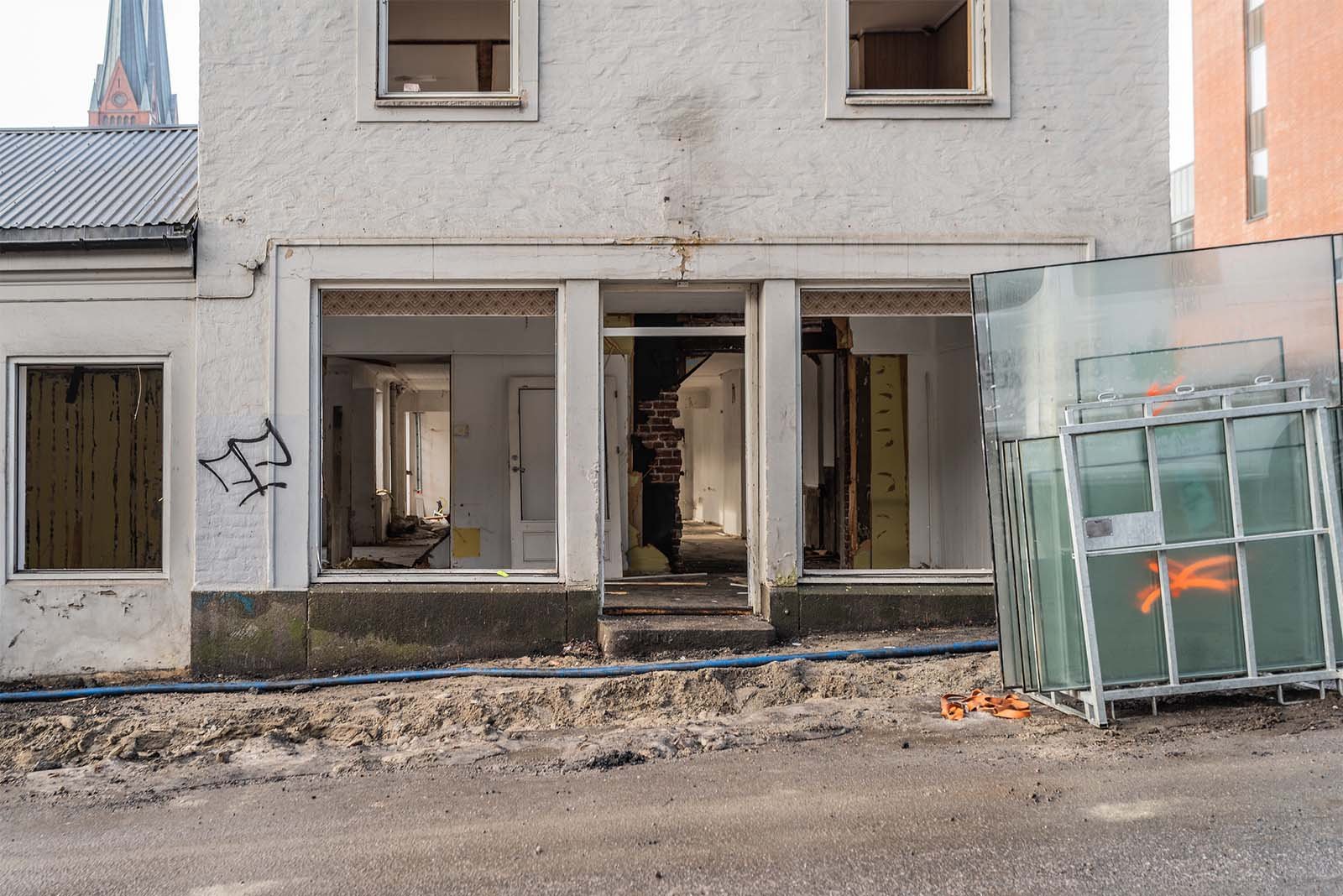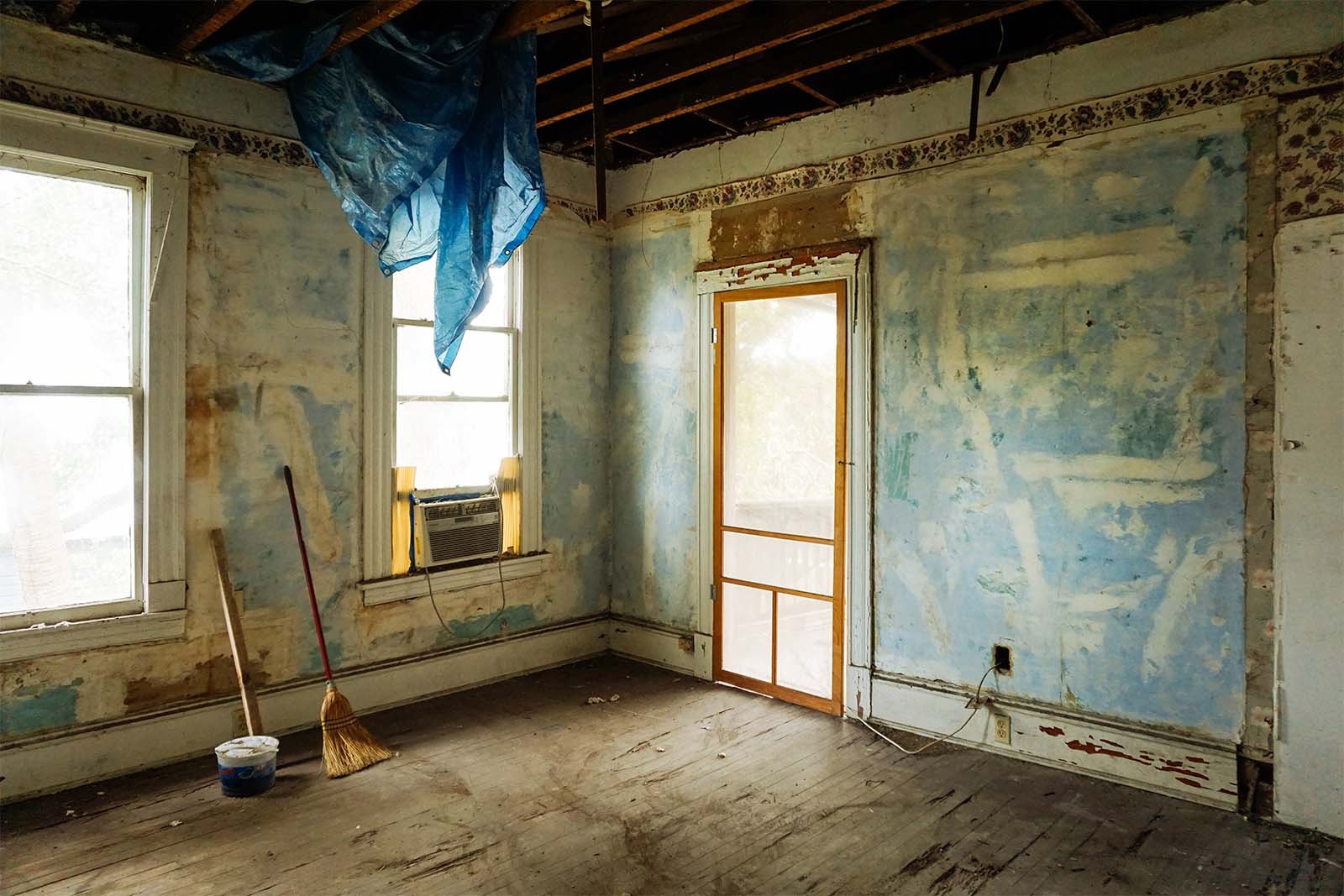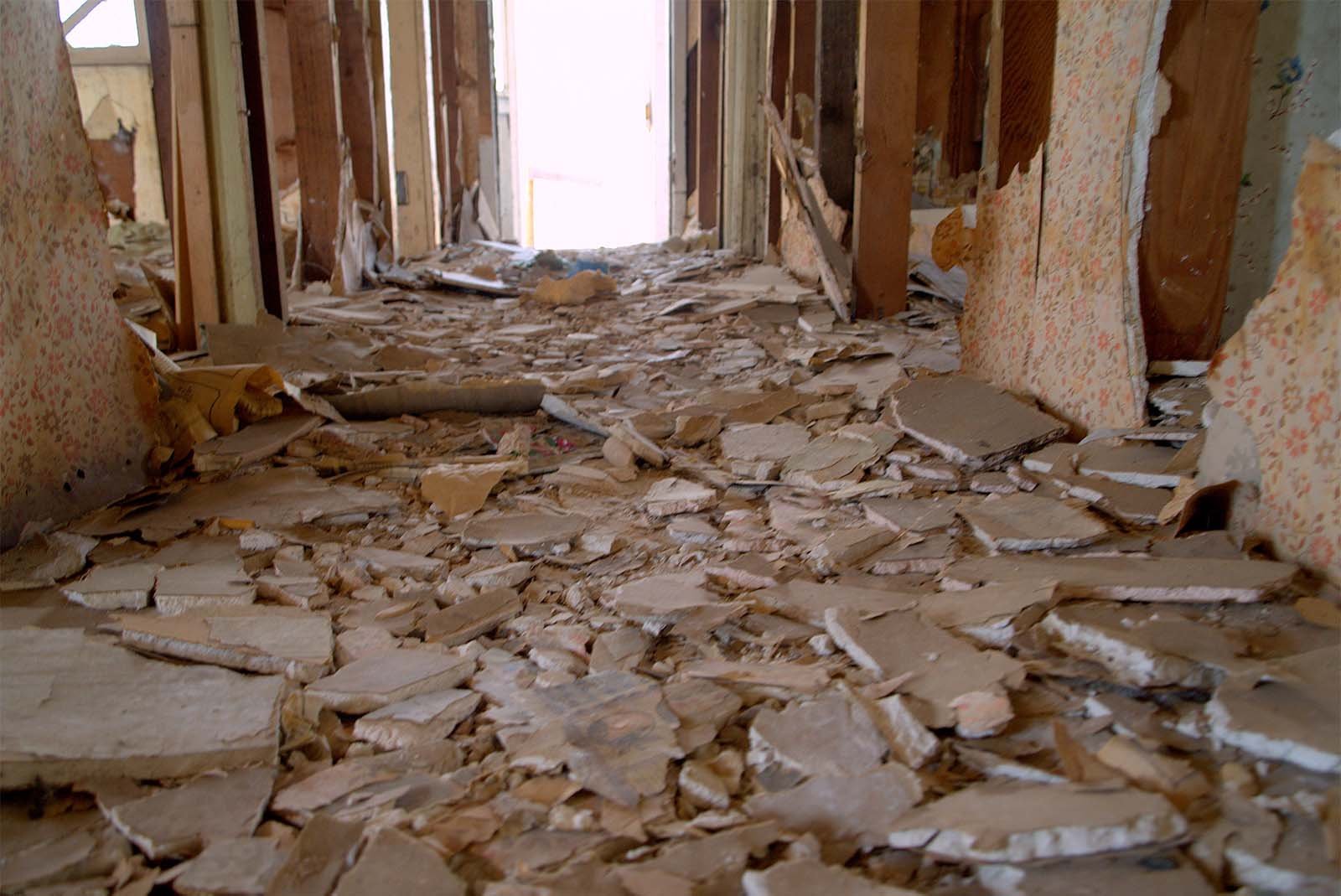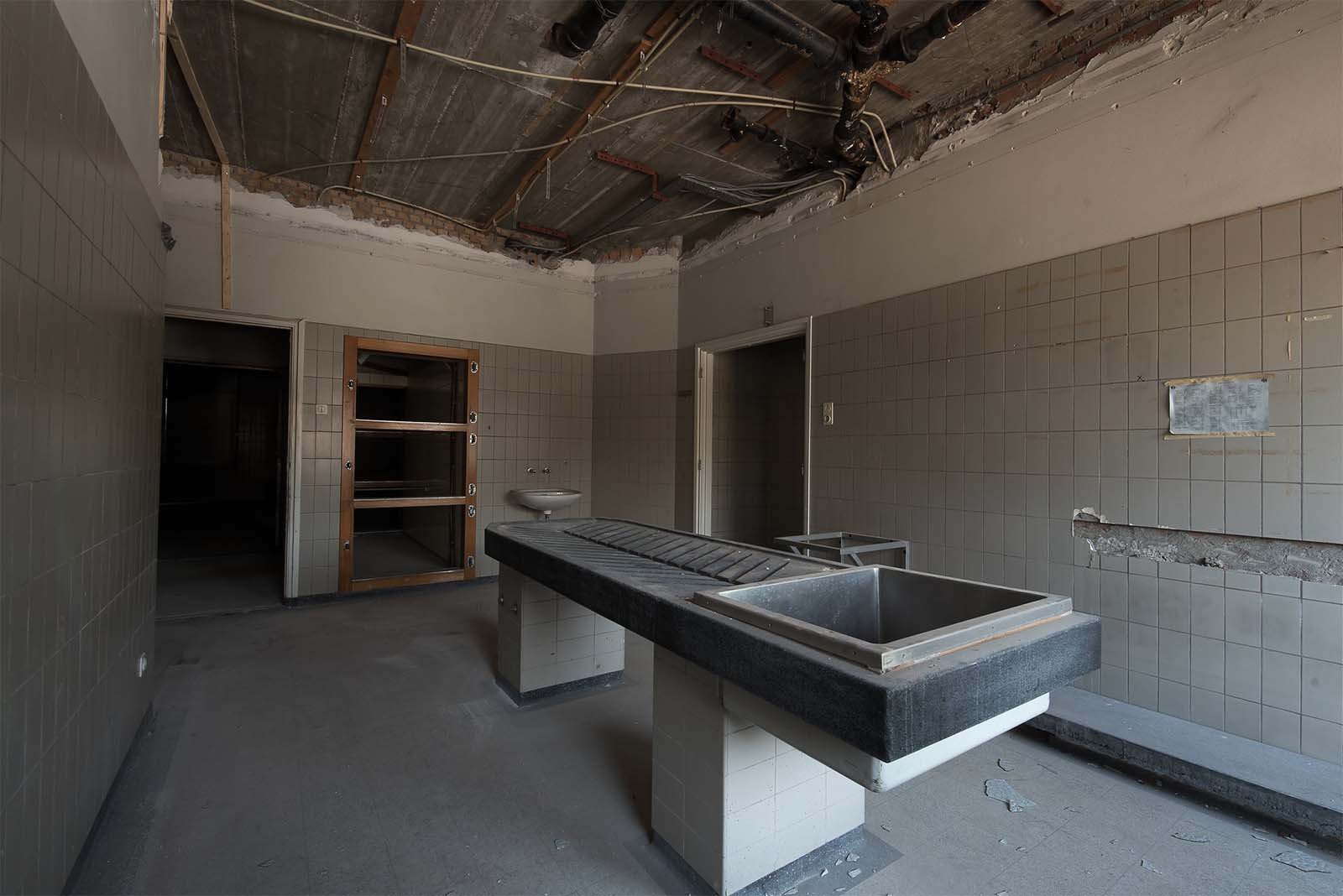1 Demolition

Demolition Process
Demolition is the first step in the renovation project. Before starting the construction, the householder should ensure that insurance has been purchased, and apply to the housing estate management office for renovation and shed erection. The project will remove unnecessary old decorations, such as tiles, floors, wall furniture, etc. If there is any change in the space, the master can choose to build the wall at this time after the wall is removed, or leave it after the water and electricity.
In order to avoid waste of time and money for dismantling and reorganization, the householder should provide our technicians with a list of old decoration items that need to be retained before starting the construction, and finally confirm the unit interval. The dismantling of the gas stove should be carried out by an approved contractor. If necessary, the master will ask you to contact the gas company. Some masters will “stake out” at this time, that is, draw out the new decoration layout on the ceiling, walls and underground.



Since this is the first process, the householder should order the materials at this time for the next two processes, including aluminum windows, split air conditioners and tiles, which will be explained below
Householder must pay attention to following before demolition:
- Make sure all the workers are covered with third-party insurance.
- Apply to the house estate management office or local council for planning permission.
- Organise a reserve list to make sure unnecessary removal.
- The dismantling of the gas stove should be carried out by an approved contractor.
What are the consideration before demolition?
Any demolition work should be proceeded by
- Site survey which should be comprehensive
- Decide on the location and position of screens, scaffolds etc.,
- Protection of the public
- Methods to protect surrounding buildings from the danger of collapse.
What is a demolition plan?
Demolition means dismantling, razing, destroying or wrecking any building or structure or any part of it by pre-planned and controlled methods. Based on demolition surveys, a demolition plan is prepared. This demolition plan is produced with the application for approval of demolition to the local authority.
Why is it important that demolition is carefully planned?
Any demolition project is sure to spread smoke, dust and other harmful particles all around the entire area. Moreover, the structure may unexpectedly collapse anytime, especially if the structure is old and dilapidated.
What are the safety measures for demolition?
Workers should wear strictly safety belts, safety belts, safety helmets and hand glove. If the demolition is carried out by machines such as power shovels, bulldozers etc. the safety measures relevant to operation and use of such machines should be adhered to.
How does demolition affect the environment?
Demolition can also introduce pollutants to the environment. When contractors tear down wall or floor, wind can carry loose dust and debris, leaving it to settle in the area or even miles away. Depending on what this dust is made of, it could have an adverse effect on public health.
What can we do with demolition waste?
Demolition debris can be disposed of in either Construction and Demolition Debris landfills or municipal solid waste landfills. Alternatively, debris may also be sorted and recycled. Disposing waste in any unauthorised site is illegal.
What can you do with construction and demolition wastes?
Concrete and masonry waste can be recycled by sorting, crushing and sieving into recycled aggregate. This recycled aggregate can be used to make concrete for road construction and building material.




